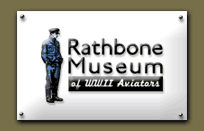 |
|
|
|
 |
|
 |
 |
 |
|
 |
 |
 |
|
|
 |
|
| A Second Lieutenant, Infantry, of the Royal Netherlands Army Air Force in pre-war style uniform |
|
|
|
 |
|
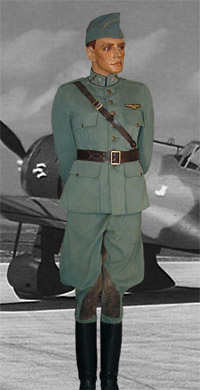 |
|
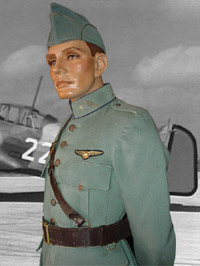 |
|
|
|
The Army color was a grey-green similar to early German feldgrau. The branch of service was denoted by the piping (in this case blue for infantry) and the collar device (in this case gilt bronze propeller with engine). The rank was indicated by devices on the collar, in this case 2nd Lt. (see rank chart on main Netherlands page for more info). All officers wore the belt and shoulder strap with this uniform. At this time, it was not uncommon for an officer to transfer into pilot training from an existing regiment.This is not unlike the early days of the Royal Flying Corps and RAF. Officers would retain their original uniform out of pride for their experience and previous unit. |
|
| Prior to the start of WWII, the Netherlands had a proud aviation corps that was part of the standard army. There were aviators in both the army and the navy. The Dutch had vigorously maintained their neutrality during the interwar years and therefore all services were reduced to a bare minimum of professional officers and men. The rest of the armed services was made up of reserve volunteers. The Lieutenant in this picture wears the standard uniform of 1937. |
|
| In 1937 the Dutch Army modified its uniform to a more modern and less restricting style. While still reflecting a more formal cut, the uniform was looser with exterior pockets and a simpler collar. The side cap was introduced and replace the traditional tall kepi. |
|
|
|
|
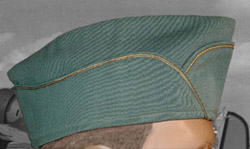 |
|
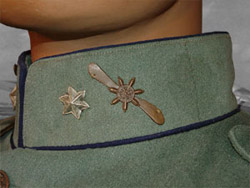 |
|
 |
|
|
The wing of the Dutch Army air force was at this time was almost always a bullion device sewn above the left pocket of the uniform. When the Dutch fled to the UK, metal wings were made by the jeweler Toye as a replacement. The standard pilot wing here features a seagull or albatross with wings outspread in front of an orange circle, the traditional symbol of the Dutch Royal House of Orange. |
|
| In 1937, the uniform regulations prescribed a new soft, side cap to replace the traditional kepi which had been a part of the Dutch armed services from before the 20th century. The officers cap was the same for all branches with the grey-green color and the gold piping. |
|
The collar shows the blue piping unique to the infantry. The single silver 6-pointed star denotes a 2nd Lt. The propeller and engine device was for the air force branch of the army. And the shaded area was where his previous infantry regiment badge had probably been attached. |
|
|
|
|
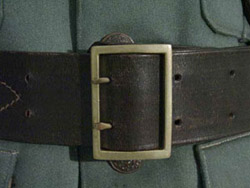 |
|
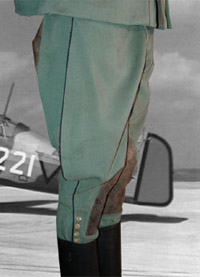 |
|
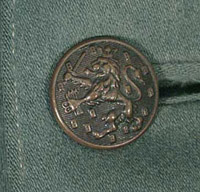 |
|
|
| The Dutch Army officers belt is similar to all European armed services of this time. It is made of brass, gilded and is more square in shape. |
|
The uniform button is the same for all army uniforms featuring the rampant Lion of the Netherlands with sword and arrows in hand. |
|
|
|
Like many pre-war European armed services, the officers tended to wear breeches and boots instead of pants and shoes. This style quickly faded during the war. The style reflects both the cavalry traditions that most air forces had and the Germanic and Prussian military officer traditions of an earlier time. |
|
*Click on any picture to see full size. |
|
|
|
|
|
|
|
|
|
© Tod Rathbone |
|
|
|
|
|
|
|
|
|
|
|
|
|
|
|
|
|
|
|
|
|
|
|
|
|
|
|
|
|
|
|
|
|

















